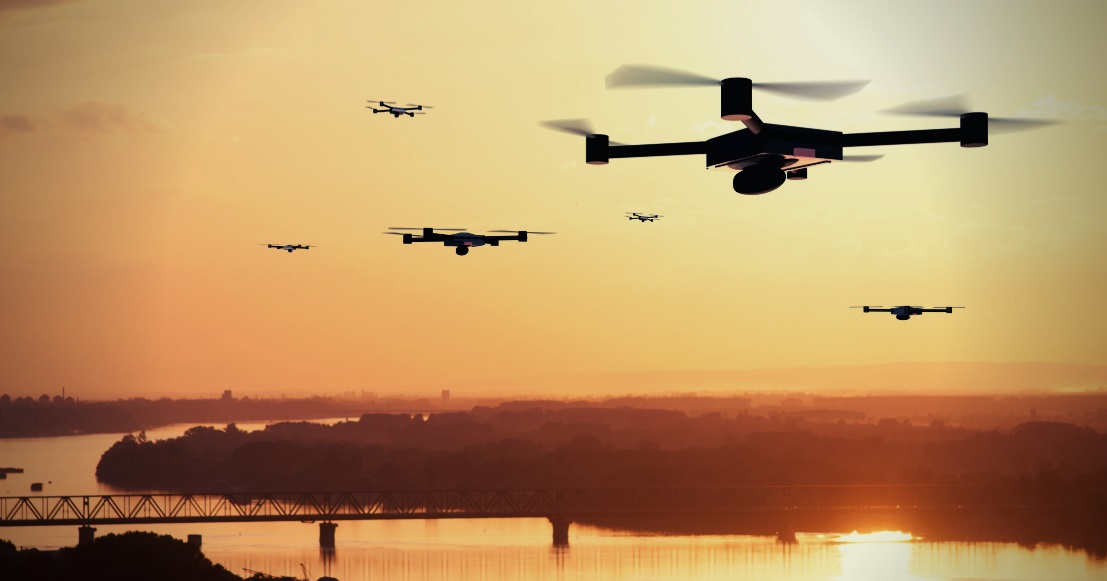Drone Used to Save Swimmers’ Lives

It’s amazing how far technology has advanced in just the past few decades. We’re now able to do things with just the push of a button that someone in the 1980’s would have never dreamed possible. With drones, they are able to catch incredible videos of exotic places, act as an emergency response tool, and even deliver merchandise for places such as Amazon, and soon-to-be-Walmart.
As the drones continue to develop, it allows other companies to get ideas about how they can also help them with some of the services that they may provide. Whether it is for security or for emergency work that would be beneficial to a specific company, drones definitely have a wide array of companies considering the ways that they could hop on the bandwagon of this excellent technology device.
South New Wales has recently began using drones as an added safety measure for those on the beach. In just the short time that they started using them, it is already very clear why it was a great addition to their emergency protocol.
A lifeguard supervisor named Jai Sheridan, who is located at Lennox Head, off the Coast of New Wales, decided to outfit a drone with a float, dubbing it the name Little Ripper. The guards at Lennox Head had already been testing drones as part of a $16 million shark mitigation program.
When the call came in about two stranded swimmers in the area, the Lennox Head guards jumped into action. Jai Sheridan began paddling through the water with his drone, “Little Ripper,” until he got close to two teenagers. The drone then deployed and piloted to the middle of the two struggling swimmers. Once there, it was able to release a float from above that landed at the swimmers.
The two swimmers were able to use the float to make it safely back to the shore. With waters being incredibly treacherous that day, this new Little Ripper proved its worth almost immediately. It made the search and rescue missing much easier and it also cut down the time drastically that the two lethargic swimmers had to stay in the water.
Without the use of the drone, it is estimated that it would have take approximately six minutes, yet with the Little Ripper being deployed and flown, help reached the swimmers in a mere 70 seconds. When cases where water may be extremely cold, this is a huge benefit and could actually be the reason why a life is saved and not lost.
As the government of Wales continues to invest money in their drone technology, we will only see more great uses for them in the coming years. The drones will provide a huge step to public beach safety and will definitely decrease the amount of time that it takes to pull a stranded swimmer from the water. These drone rescue efforts are now being referred to as “a new generation of rescue services.






Great story- just a typo, it’s New South Wales.